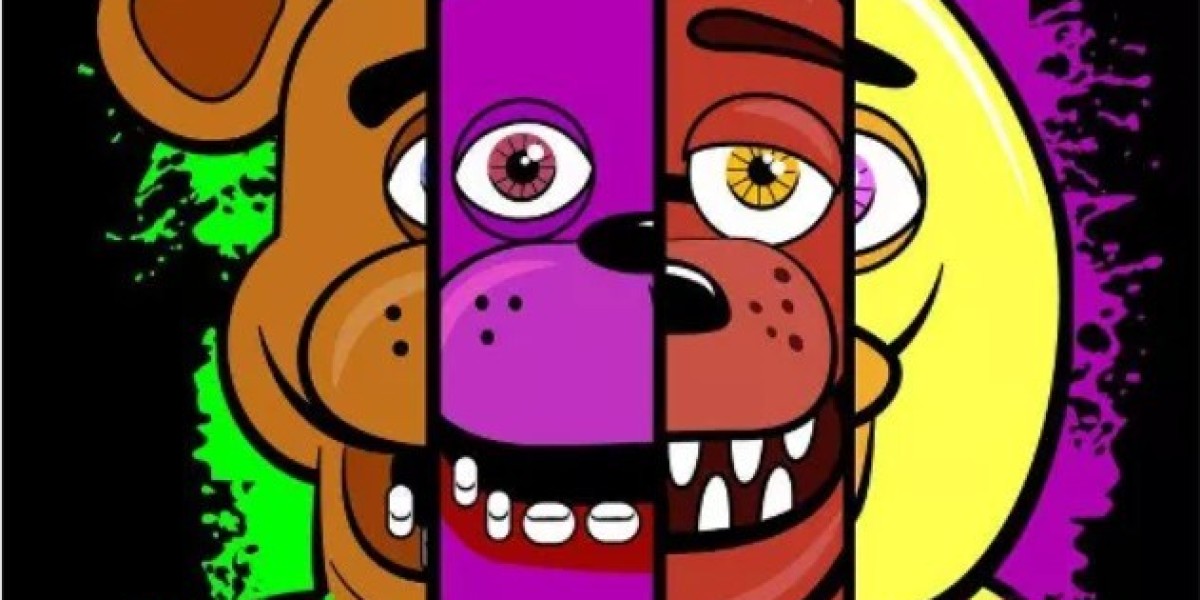Five Nights at Freddy's (FNaF) exploded onto the gaming scene in 2014, taking the horror genre by storm. This seemingly simple game, where a night security guard fends off malfunctioning animatronic characters in a pizzeria, captivated audiences with its unique brand of terror. FNaF's success lies in its masterful use of atmosphere, jump scares, and a surprisingly deep lore that continues to be unraveled by fans.
The game's brilliance lies in its ability to create a deeply unsettling atmosphere. The player takes on the role of Jeremy Fitzgerald (or Mike Schmidt in later nights), a security guard trapped in a dilapidated pizza restaurant at night. The grainy, pixelated graphics and pre-rendered environments create a sense of unreality, further emphasized by the lack of music. Instead, the silence is broken only by the hum of machinery, the creaking of the building, and the unsettling sounds of the animatronics moving about. This constant state of anticipation keeps the player on edge, waiting for the inevitable jump scare.
FNaF relies heavily on jump scares, but uses them effectively. Unlike some horror games that rely solely on sudden frights, FNaF builds tension throughout the gameplay. The player is constantly monitoring security cameras, watching the animatronics slowly creep closer. The limited resources, such as power for the security doors and lights, force the player to make difficult decisions, adding to the feeling of helplessness. When a jump scare finally occurs, it's the culmination of this carefully built tension, making it all the more terrifying.
But FNaF's horror goes beyond the immediate scares. The game offers a fragmented narrative, revealed through cryptic phone calls, newspaper clippings, and hidden messages. These pieces hint at a dark history involving murdered children, possessed animatronics, and a sinister cover-up by the restaurant corporation. This lore is open to interpretation, sparking countless fan theories and discussions online. The ambiguity adds another layer of unease, leaving the player to question what truly lurks in the shadows of Freddy Fazbear's Pizza.
FNaF's impact on the gaming world is undeniable. It spawned a massive franchise with numerous sequels, spin-offs, and merchandise. More importantly, it revitalized the indie horror scene, proving that simple mechanics and a strong atmosphere could create a truly terrifying experience. FNaF's legacy lies in its ability to tap into our primal fear of the uncanny, the idea of familiar things becoming twisted and dangerous. It's a chilling reminder that sometimes, the monsters we fear most are the ones hiding in plain sight.







